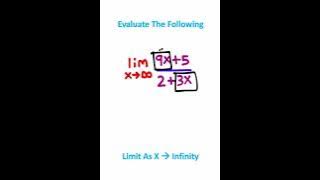Optimal substructure
In computer science, a problem is said to have optimal substructure if an optimal solution can be constructed from optimal solutions of its subproblems. This property is used to determine the usefulness of greedy algorithms for a problem. Typically, a greedy algorithm is used to solve a problem with optimal substructure if it can be proven by induction that this is optimal at each step. Otherwise, provided the problem exhibits overlapping subproblems as well, divide-and-conquer methods or dynamic programming may be used. If there are no appropriate greedy algorithms and the problem fails to exhibit overlapping subproblems, often a lengthy but straightforward search of the solution space is the best alternative. In the application of dynamic programming to mathematical optimization, Richard Bellman's Principle of Optimality is based on the idea that in order to solve a dynamic optimization problem from some starting period t to some ending period T, one implicitly has to solve subproblems starting from later dates s, where t. This is an example of optimal substructure. The Principle of Optimality is used to derive the Bellman equation, which shows how the value of the problem starting from t is related to the value of the problem starting from s. (Wikipedia).



















